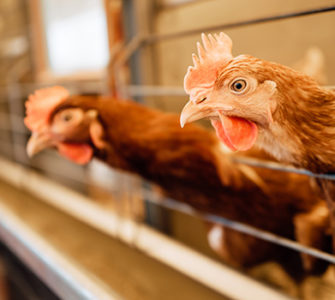California surveillance reveals genetic and seasonal changes in infectious bronchitis virus
Genotypes of infectious bronchitis virus (IBV) found in California between 2012 and 2020 have seen a “major shift,” according to a study investigating patterns of IBV in the state.
Although surveillance has been carried out in California for years, few studies have looked at patterns of IBV detection over time, explained Patrick Montine, an epidemiology PhD student at UC–Davis School of Veterinary Medicine.
The ‘what’ and ’when’ of IBV
The investigation into 8 years of data revealed that while the California 99 strain of IBV was most prevalent between 2012-2014, by 2019-2020, Massachusetts, Connecticut and California 3099 strains accounted for most of the infections detected through active surveillance.
“IBV is a highly variable virus, so knowing the predominant genotypes affecting each geographical region is crucial, allowing scientists to work on preparedness, vaccine schedules and combinations that can protect against new variants and reduce shedding,” Montine told the 2021 Western Poultry Disease Conference.
The study also found a significant seasonal difference in the occurrence of IBV, with the most notable differences between spring and winter and spring and fall.
This supported existing knowledge which suggests a greater incidence of respiratory diseases in winter, when cold weather brings ventilation challenges, resulting in increased subpar house conditions.
Vaccination care required
The use of live, attenuated vaccines is the main method of IBV control, and the prevalence of Massachusetts and Connecticut strains in recent years could be a result of the use of live vaccines, Montine explained.
He stresses that vaccination may reduce clinical signs, but doesn’t prevent the spread of the virus. Appropriate application is crucial in preventing unwanted genetic effects in viral populations.
“The mishandling of vaccines and inappropriate vaccine application may lead to rolling reactions and back-passaging of vaccine viruses within the flock, leading to the emergence of new variants,” he added.
Farms in high-density areas, such as those around Livingston, California, should be closely monitored for IBV strains. Meanwhile, biosecurity measures should be prioritized to prevent farm-to-farm transmission.
Posted on May 1, 2022

















